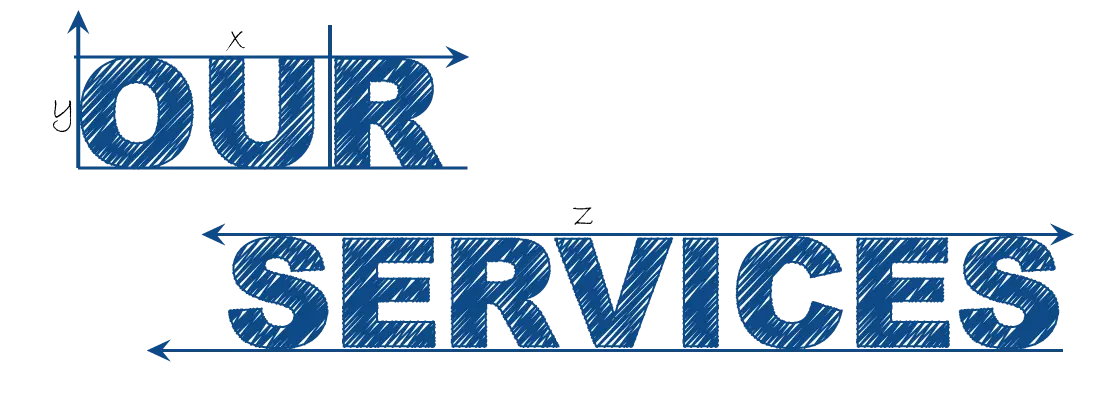Our latest content
Check out what's new in our company !
Eye Salves and Abolitionists
Author: Aubrey Minshew, Museum Specialist, Truhlsen - Marmor Museum of the Eye®
Summertime is an exciting time at the Museum of the Eye. The fog rolls in, out-of-town visitors flock to Fisherman’s Wharf, and we take down an old exhibit and install a new one. This summer, we installed Hoodwinked: 19th Century Quack Medicine. Hoodwinked is a collection of untested electrical cures and mysterious eye tonics and salves, all advertised aggressively to unsuspecting patients in the 1800s. The museum’s publicity for the exhibit features one of these old advertisements — a smiling illustrated boy with a finger placed over his winking eye.

While they may look creepy today, children were often used in quack advertising to imply youth and innovation.
This is an advertisement for a well-known patent medicine called Pettit’s American Eye Salve. Patent medicines, a precursor to modern over-the-counter medications, are a big part of the Hoodwinked exhibit. Before the founding of the Federal Food and Drug Administration (FDA) in 1906, medications were unregulated by the U.S. government. Companies were not required to prove that their products actually healed anything, nor were they required to even list their ingredients on the packaging! In fact, “patent medicine” is a misnomer. The quack doctors did not hold a patent on the medications at all, they just owned the trademark. Patenting their medications would have required that they publish the ingredients, so quacks shied away from it. A trademark, on the other hand, allowed them to own the rights to the name, but they were well within their rights to change the ingredients whenever they felt it was necessary. This led to a whole slew of quack patent medicines claiming to cure anything from red eyes to blindness, without any real active ingredients.
This quack medical device claims to cure issues of the eye, ear, and nose! One stop shopping.
As discussed in the exhibit, Pettit’s American Eye Salve was one of the most successful patent eye medications of this period, regardless of its inability to cure any eye diseases. It was created by James Pettit (1777–1849) in 1807. While records show that Pettit was a military surgeon during the War of 1812, there is no record of him ever earning a medical degree. Like many quack medical practitioners, Pettit claimed to be a doctor throughout his career, but it appears he just adopted the title for promotional purposes since it was not based on formal training.
Note the trademark at the top and the use of “Doctor”!
While Pettit’s dubious medical credentials are concerning, there is another fascinating story about his family hiding in the historical record that did not make it into the Hoodwinked show. Nationally, the Pettit name is mostly known for their patent medicines, but in their hometown located in Chautauqua County, New York, the Pettit family is largely known for their fervent belief in the abolition of slavery before the American Civil War. According to local records in Fredonia, New York, James Pettit was a politician later in life and was a known member of the Abolitionist movement.
His son, Eber Pettit (1802–1885), began his career as a traveling salesman for Pettit’s American Eye Salve, and eventually took over the company after his father’s death in 1849. Like his father, he was also a well-known Abolitionist in the region. He was deeply involved in the Underground Railroad, the secret resistance network that helped enslaved people flee from bondage in the southern United States.
Call for Service 305-244-9340.
Service for Medical Ophthalmic Equipment and Medical Imaging Equipment in Florida. Subscribe for more information.!!
Thanks for registering!
